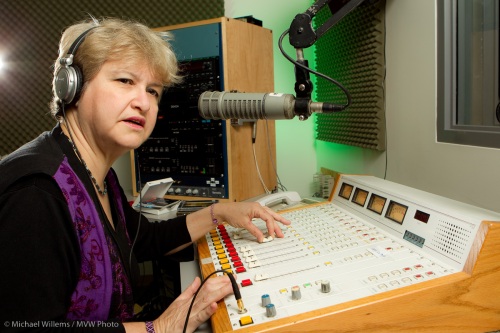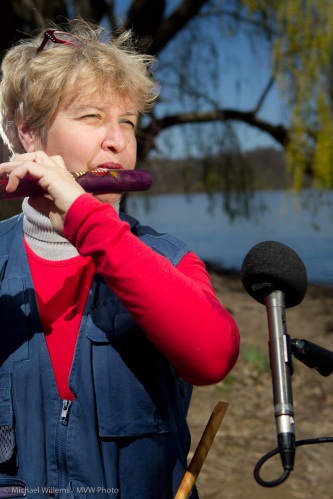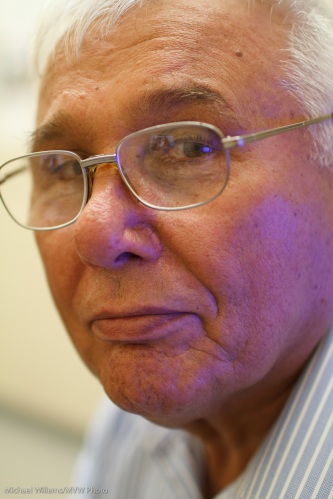I have never shot Rugby before, so I thought I would enjoy this morning’s newspaper shoot, a high school rugby game. And I did.
Here’s a shot. Of course it is one that I did not send to the newspaper, since I only just shot this and the paper is not out yet, and it is bad practice to trump your own customers. Click for larger:
For Rugby I used the 70-200 2.8IS L lens on the Canon 1D Mark IV.
I set the camera to continuous focus (“AI Servo”) and used a custom setting to give preference to tracking, not to refocusing on objects that appear in between. I used one focus point, with expansion to surrounding point.
The camera produced many sharp shots – most of them by far, so I was more than impressed with this first sports shoot with the Mark IV.
But my main learning was about the sport itself. Here’s what I learned:
- The sidelines are a great place to be.
- The sun needs to be behind the photographer on a bright day – and pay attention to where it falls onto the subjects (face is better than back of head!)
- 70-200 is a great lens for this sport
- Get action shots. There’s not much action in a school game – in that sense it is like football or cricket: periods of boredom with the odd burst of action.
- Get emotion.
- Get colours.
- Use fast shutter speeds (I used 200 ISO with the camera in aperture mode and set to f/2.8 mostly – leading to 1/3000th second shutter speeds).
- Get the action while you can – 15 minutes times two with only occasional action is no guarantee of a shot/
Oh, and the team in the red jerseys won by a 10-0 margin, so you can see why the others were very determined to stop that ball.













